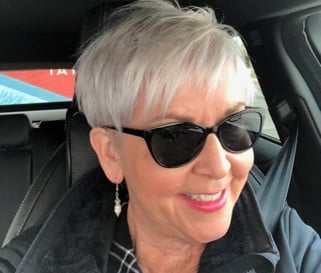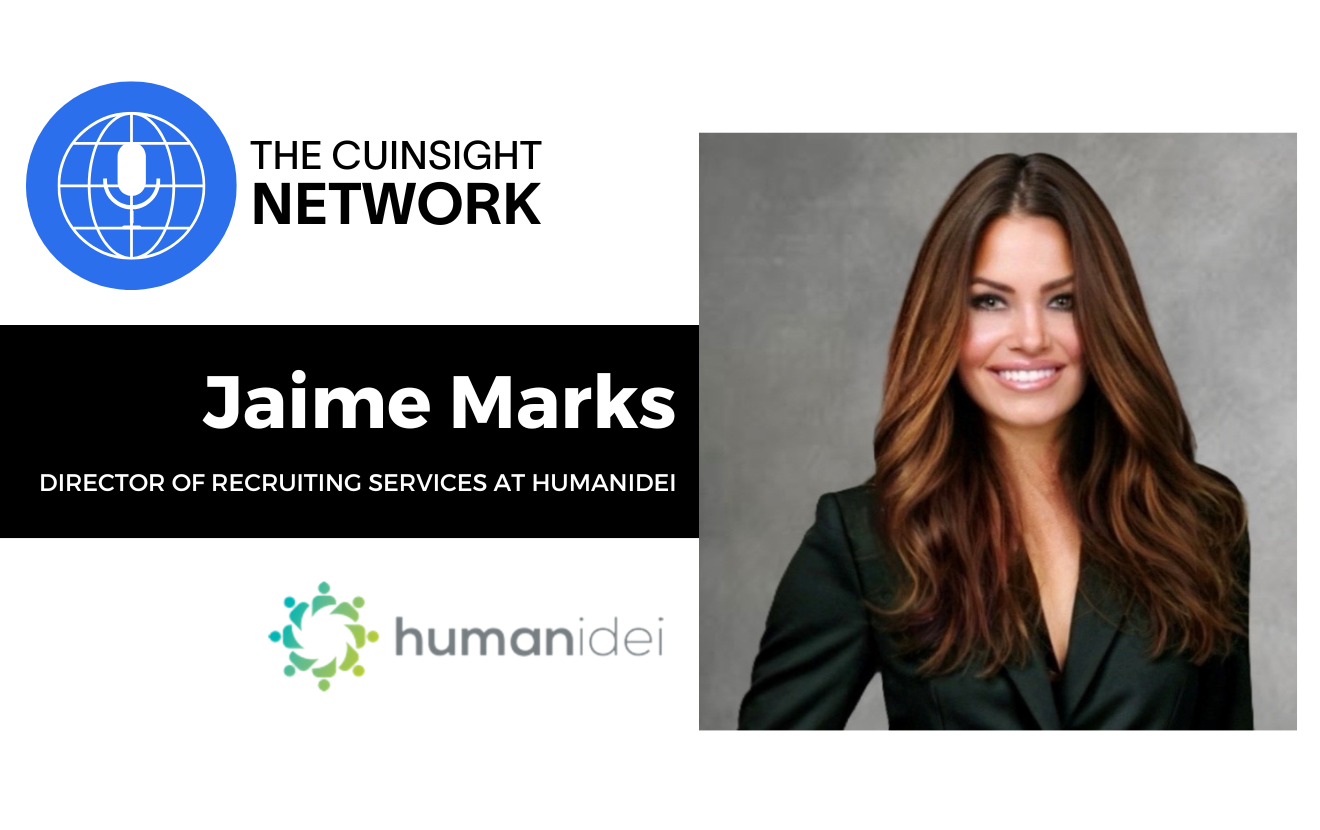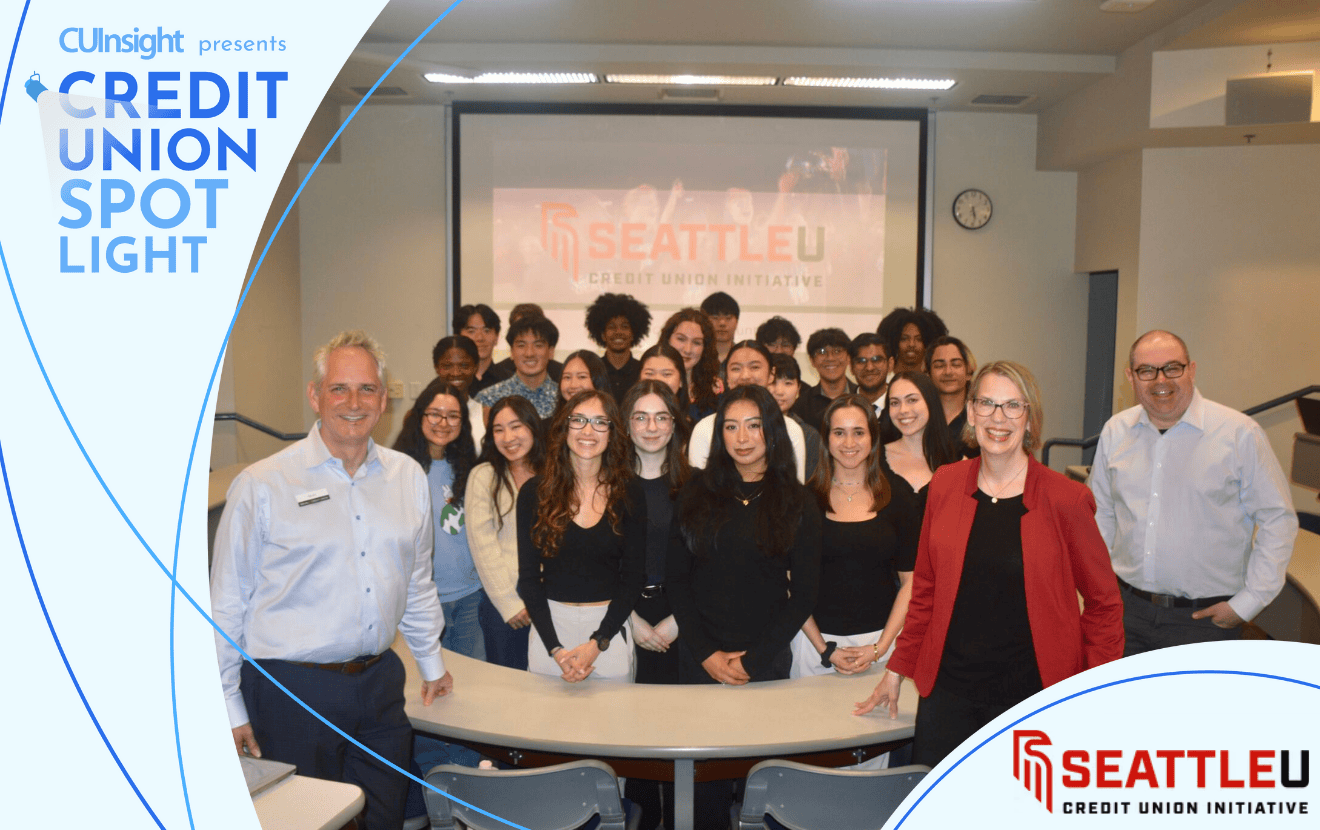Wheels on luggage. Why did that take so long? Roughly 6,000 years ago the wheel was invented (supposedly by the Mesopotamians) A mere 125 years ago the first proper “suitcase” was first used quite literally to hold suits. The rolling suitcase was invented in 1970 by Bernard Sadow who received a patent in 1972 for “rolling luggage” that consisted of four-wheeled suitcase being pulled by a strap. The leashed Samsonite. That was later replaced with the roller board. And that’s what really gets me. The roller board was a rolling suitcase, that you had to take apart and put back together in the aisle on the plane. That’s a problem. Why did it take so long to fix it?
Last week I saw an article about a piece of luggage in development that you can RIDE! I can’t tell you how many times I wished I could have had one of those airport golf carts waiting for me when I deplaned in Chicago O’Hare at Gate B-1 (and of course United was delayed) and I have 10 minutes to get to my flight at gate F-180 – a mere two-mile jog away. Now I can jump on my suitcase, and “beep beep” get out of my way – I’m flying United! Problem solved.
Innovation often ignites out of identifying and solving a problem. Look at Uber creating the ultimate taxi experience. Solved the problems of calling to dispatch, waiting and wondering if and when they would show up, having to pay with cash, dealing with a dirty, rude, reckless driver and having little recourse. And one of my personal favorites. iTunes. As a 1980’s passionate “mix tape” maker they solved so many problems for me. Buying only the song I want. Dragging and dropping files to create multi-mood-mixes, permanently deleting the songs on albums that I hated, buying bookcases to house my CD collection, and so on.
CUSOs are the credit union problem solvers. I have been researching and writing about CUSOs for almost a year now and have discovered some very innovative, passionate people with amazing stories of problem solving.
Here are just a few of my favorites:
- In 1989, 15 of the largest credit unions in California recognized that coming together to build a shared branch network was a smart way to compete with the convenience of multiple bank branches. In 1990, FSCC was created with the original design to build 35 stand alone branches in California. By 1994, under the leadership of Bonnie Kramer, the model changed to covert and sell the stand alone branches and focus on being a true network and in just 2 more years they turned a profit. In 1998, they began expanding to other states and the following year Sarah Canepa Bang became CEO. Fast forward to 2012. FSCC merged with CO-OP shared branching to bring all of the major pieces of the shared branching initiative together. Today the CO-OP network has nearly 30,000 ATMs (more than Bank of America) and over 5,000 branches in 24 countries.
- In 1991, Information Now Incorporated (INI) filed for bankruptcy, which was the core processor for a few innovative and collaborative credit unions. Instead of surrendering to a new core conversion, these credit unions banded together to buy the software and started their own CUSO. Which today is CUProdigy, a 25 year-old start-up and is both a Core and Cloud CUSO.
- In 1994 credit unions were losing auto loans at the point-of-sale. Back in those days at the dealership you would see a dumb terminal directly connected to Wells Fargo, another one to Bank of America, a separate one for Chase – you get the idea. There is only so much real estate in a dealership. Diana Dykstra and the team at Golden 1 CU figured out how to put several credit unions on one terminal. This was the birth of CUDL – Credit Union Direct Lending - which today has over 12,000 dealers and funds $2.5 billion in loans monthly for credit union members in over 1,000 credit unions.
- In 1996, Valorie Seyfert had been working with CUs in her legal practice and uncovered an amazing opportunity. The broker dealer (b/d) industry where Amy Beattie and she grew up did not offer a full service solution to the CU industry that protected the CU. Credit unions didn’t own their member book of business. The b/d and advisors continually wanted higher payouts and asked the CU to cover more expenses. Today CUSO Financial Services, LP, (CFS) provides investment and insurance services to members of 185 credit unions around the country.
- In 2012, three mid-sized New Jersey credit union CEOs identified a big problem they all shared. They needed to create scale without merging. They created the Member Support Services CUSO. The technology platforms of the three credit unions in terms of member services have all been aligned and all operate under master contracts that are held under the CUSO. In October of last year, they hired William Arnold as the CUSO CEO. Now they are slowly bringing other back office functions (like collections) into the CUSO. Their model represents a highly cooperative arrangement while allowing the credit unions to retain their own culture and brand. It represents the best chance that we have, as a movement, to save smaller credit unions that want to be saved.
There are lots of problems left to be solved. Why is it so hard to move a checking account? How can we get a member’s mortgage approved in seconds? How can we lower the average age of a credit union member? Why are the Kardashians still so popular? What can we learn from them?
There’s a Credit Union Service Organization out there waiting to be started to solve the next big problem and continue to keep credit unions relevant. So, what’s your problem?







